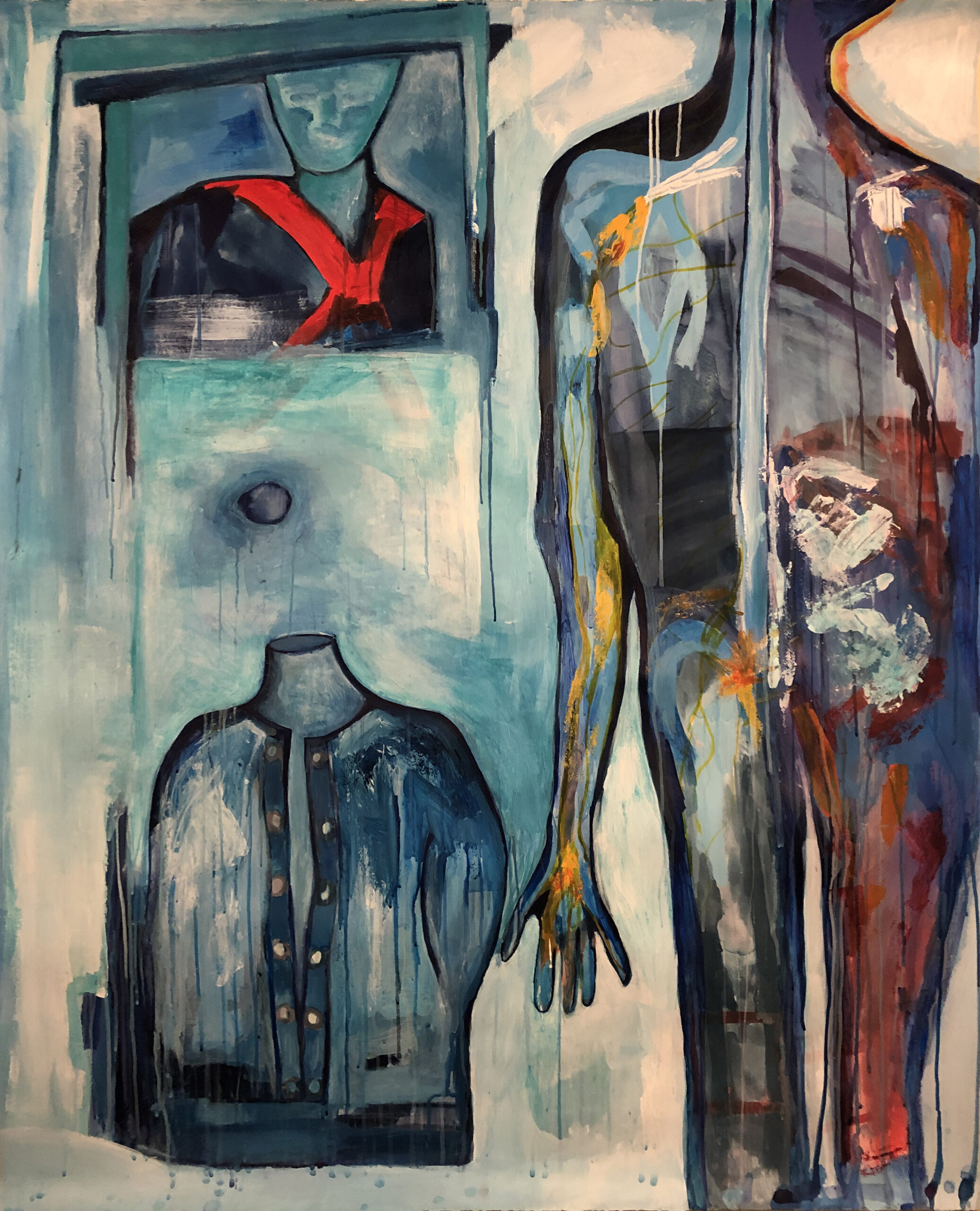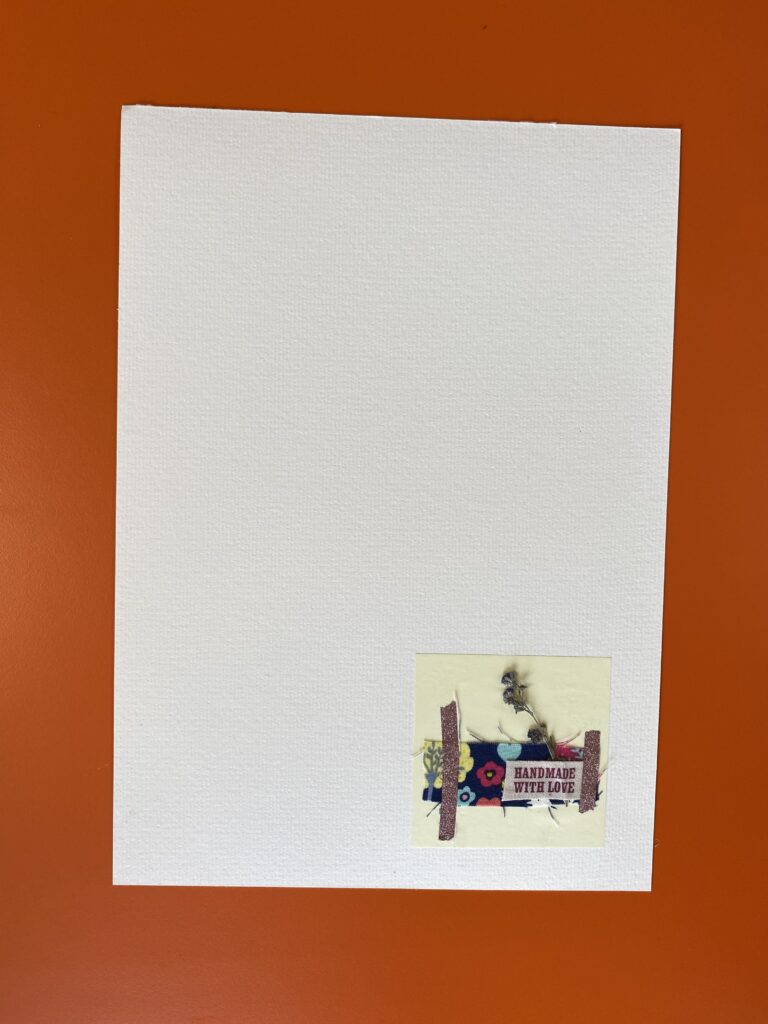The UK has a number of very significant collections of work produced by patients historically residing in asylums and psychiatric hospitals, but in comparison in particular to Europe, these collections are not as well-known and are often buried within wider health archives. On top of this invisibility, there is a long history of the mistreatment of artwork made by people historically in mental health settings. In some cases, the work has been taken from the artist by medical professionals or collections, or it has been destroyed, considered only as an activity to pass the time or medical intervention. There is also the added implication of enduring stigma that has for so long surrounded people who have experienced – and continue to experience – mental health issues and the implications of this stigma on how their artwork is shown, received and validated.
Historically, artwork produced in hospital settings has been seen or presented in the following ways:
- As evidence that someone is suffering from mental health issues
- As a medical record and therefore hidden away in medical archives
- Anonymously or under a pseudonym
- Interpreted by medical professionals, psychiatrists or academics.
This research group aims to explore this fascinating yet overlooked area, which has the potential to reduce stigma around mental health, engage wider audiences with art and artists from diverse backgrounds, and stimulate conversations, awareness and new insights into the intersection between mental health and creativity.
This group has been formed on the back almost nine years of work by arts charity Outside In in partnership with collections and organisations including the Vawdrey Archive, the Adamson Collection at the Wellcome Trust, the Mental Health Museum, Glenside Hospital Museum, and the Art Extraordinary Collection at Glasgow Museums. Work by the charity in this area has brought together museums, collections and archives with artists with their own lived experience to challenge the existing narratives that underline works produced historically in mental health settings, and has highlighted a need for more research around ethical implications, best practice and shared learning.
The questions this group aims to address include:
- How can we best interpret and exhibit art that has been created historically in mental healthcare settings, ensuring that people with their own lived experience are at the centre of interpretation and curation?
- What is the ethical impact of sharing art created in mental healthcare settings, on the public, the healthcare setting, and the artist?
- How can the curatorial process best explore and/or promote wider public conversations around sharing art created in mental healthcare settings?
Alongside exploration of these questions, the research group will address how artists and people with their own lived experience can be prioritised in the research, interpretation and curation of this work, providing context, validation and visibility for the artists who created this unique yet ultimately hidden work.
Image credit: Jasmin Janiurek’s work on display in ‘Looking to the Light’ at Glenside Hospital Museum








